Tunisia is not a well known destination and is overshadowed by nearby tourist hotspot, Morocco and maybe a bit of Egypt.. Most people probably couldn’t even pick it out on a map but this small nation in North Africa bordered by the Sahara and the Mediterranean sea is a place full of history and beautiful sights.
Originally, I had no plans to come here as I was headed to Egypt & Jordan, but I had some time to kill and this place seemed to be the only safe place west of Egypt to visit. I spent a week in Tunisia visiting the areas around Tunis and the Sahara south of Tozeur with all its Star Wars set pieces.
Is Tunisia safe?
I started writing this post a few weeks ago and at the time, I was all about writing how safe and misunderstood Tunisia was but with the most recent headline of the terrorist attacks on the Bardo museum, I’m aware people will likely cross Tunisia off the list of potential destinations for the foreseeable future.

It’s totally understandable. With ISIS looming large in Syria/Iraq, and the conflicts ongoing in Libya, most people wouldn’t even think about visiting this region.
Thing is, Tunisians are not Arabs, they are a mix of Berber peoples, that should probably be more classified as Mediterranean than Arab. Second, Tunisia is the only standing democracy in the entire region, and were responsible for the Arab Spring, a huge movement in 2011 that spurred pro-democratic movements throughout the Middle East which is likely the reason ISIS attacked Tunis in the first place.
It’s extremely sad to see these attacks in the headlines because it will undoubtedly decimate Tunisia’s already struggling tourism industry that’s been hit hard by the Arab Spring. When I visited in December 2014, I couldn’t speak more highly of how safe I felt, and how nice the Tunisian people were to me. I even visited the Bardo museum too, got ripped off by a cab driver, and the entire museum staff was up in arms about it even though I told them it was okay.
Tourists are not a common sight in Tunis but whenever I needed directions, everyone tried their best to help me despite my mediocre French and their lack of English. People went out of their way, especially in the smaller towns outside of Tunis, to make sure I was enjoying their country.
Not at any point did I feel threatened or out of place. For what it’s worth, similar terrorist attacks happened in Paris at the Charlie Hebdo museum a few months back. Does that change your views about visiting Paris? Probably not right?
Getting In and Around Tunis
Tunis is serviced by Tunis Carthage International Airport. It is a small airport and connects to many of the European capitals and throughout the Middle east. Tunisia has no visa policies and most Western Nationalities can enter in for free. Where they get you is when you fly out, they require you to pay an exit tax of 20 dinars (~$10).
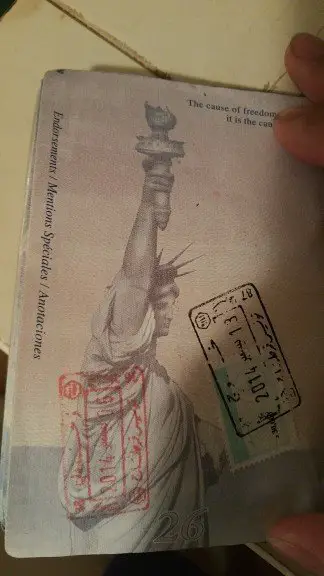
Upon arrival, skip the hecklers trying to offer you taxis and go straight to the taxi queue outside of the airport. Taxis in Tunis, and Tunisia are CHEAP. In fact, I don’t think I’ve ever seen a cheaper country before in terms of taxis. They are metered too so no need to worry about being cheated.
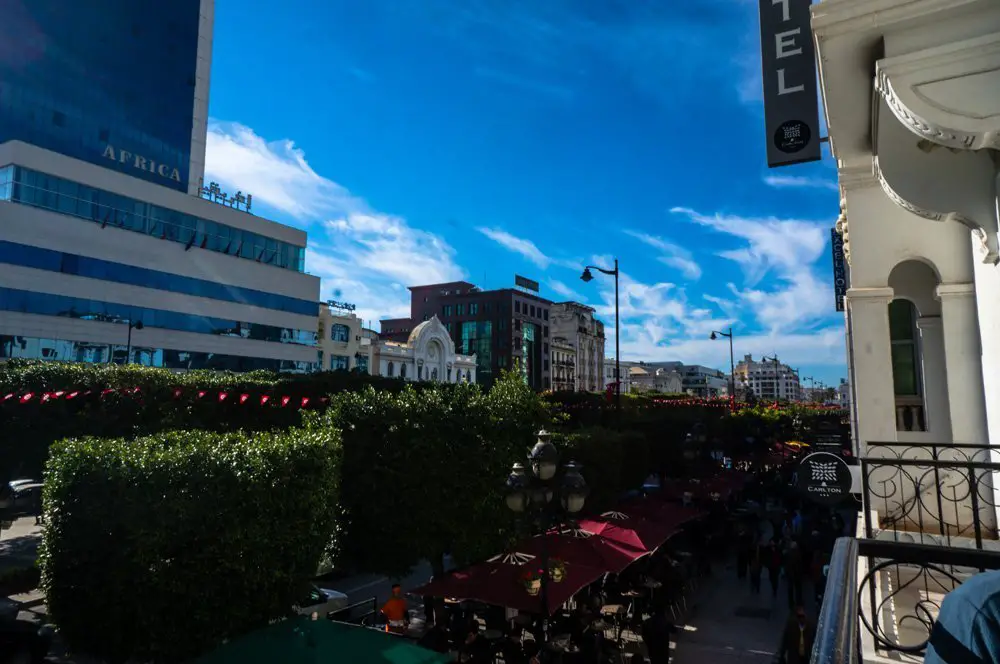

I was ready to budget at least $20 for my taxi ride to Tunis. I kept an eye on the meter as I was conversing with the taxi driver in French and I kept thinking there’s no way this taxi can be right. The meter is moving at a snails pace. By the time I reached my hotel in Tunis, the meter read 7.4 dinars, or about $3.50. For a 5km, 20 minute taxi ride!! I gladly tipped him another dinar (~50 cents). My subsequent taxi rides around Tunis never cost me more than 4 dinars (~$2)
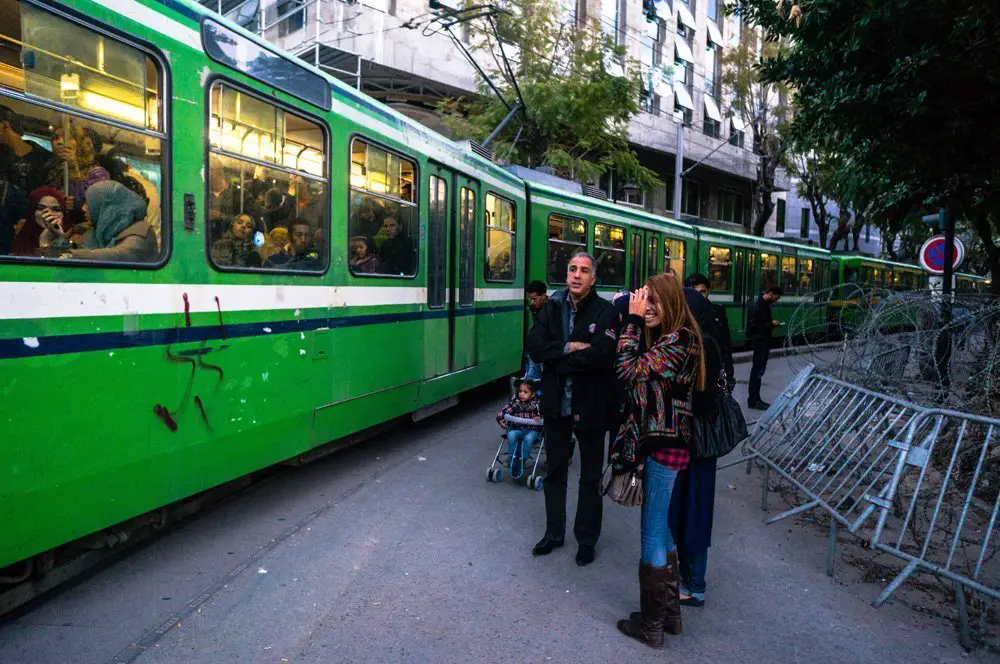
There are public transportation options all around Tunis and the metro runs overground connecting most of the city. The fare is about 0.6 dinars a ride but I mean with taxis being as cheap as they are, I hardly bothered with the tram service.
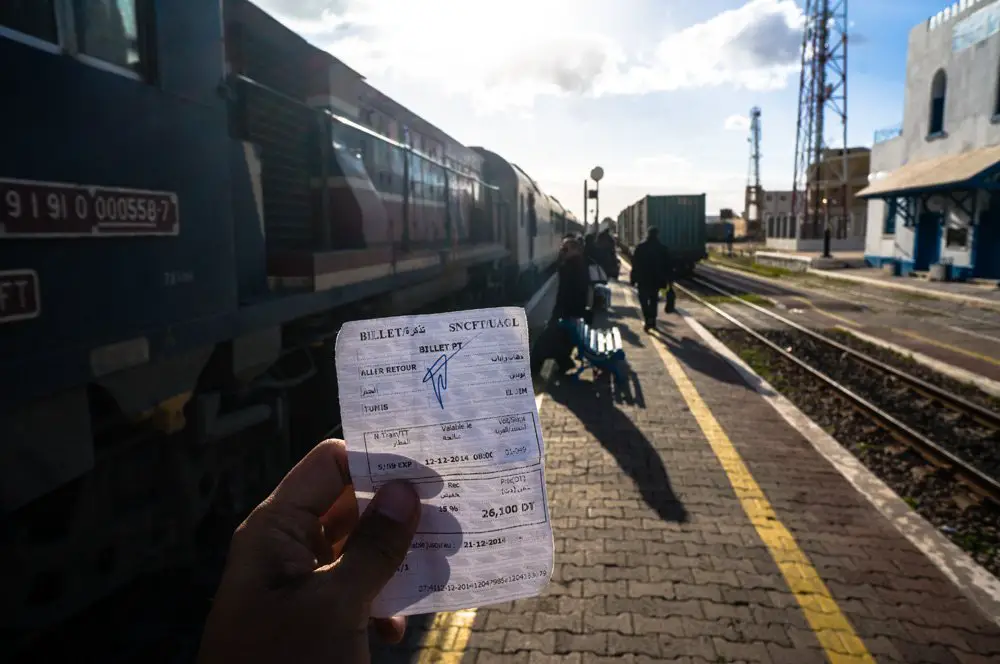
Language in Tunisia
French and Arabic are the official languages of Tunisia. Most people in the cities speak French well and I had little trouble getting around with my hardly serviceable French. English is scarcely spoken and while the younger generation have a better grasp of the language, I would advise picking up a few French phrases or at least downloading Google Translate!
Where to stay in Tunis
Visiting Tunisia was a random spur of the moment thing after a friend I had met traveling around Botswana told me he would be there around the same time. I didn’t do much research thinking there would be an abundance of hostels and cheap accommodations.

Turns out I was completely wrong. Tunisia, and Tunis in particular are untraveled places, and if they are visited, it’s not by the wandering backpacker. There is only one “hostel” in the entire capital that I could find. Everything else is hotels. Prices are not expensive by any means, but I was hoping for the 10-20$ hostels I saw in Europe, but instead, we paid $50+ a night. Not a deal breaker but something to consider if planning on visiting Tunisia.
Here are some recommendations based on price range:
Under $100 a night
$100 to $200 a night
Over #200 a night
Meeting some Libyans
I met a Libyan soccer player staying at my hotel who was in Tunis to get his visas sorted out as the country of Libya had descended into chaos. I found it quite interesting to talk to him as I don’t recall every meeting a Libyan in real life before. Muammar Gaddafi was a bad person and he was overthrown by his people was about the extent I knew about the Libyan civil war but he gave me a completely new perspective on things. I ended up chatting with Fazel for hours and hours, over shisha of course, about life after 2011.
He said Libya used to be the wealthiest nation in Africa (fact) and that his country enjoyed liberties only matched by those of the Scandinavian countries including free healthcare, free schooling, a $5000 cash payment for having a child, free land and resources for those that wanted to start farming, etc.
Now he didn’t call Gaddafi a saint but he said many more people liked him than the media would have you believe. Then again, how many leaders of nations are universally loved by everyone they govern? Rebels that fought Gaddafi were largely led by former Al Qaeda members and the young people that fought were brainwashed into thinking democracy would be a quick implementation. Queue all the conspiracy theories about the West’s intervention, oil, gold currencies, Iraq etc. and I’m sure I could write thousands of words about this but I won’t.
After the war, a lot of people fled Libya and came to Tunisia where their wealth has driven up costs of living for the local Tunisians. He stressed that no one wanted to leave Libya. Their lives were good and people were happy. The left out of necessity and most people that stayed did because they could not afford to leave.
What to Eat?
I think one of my favorite parts of traveling through the Middle East was the abundance of delicious and flavorful food. Tunisia was the start of it all. It’s a blend between Mediterranean and desert-dweller cuisines. Couscous with various meats, vegetables, and spices are the main fare here. Add some spicy harissa sauce to it, which the Tunisians are known for, and I was set for my entire time in Tunisia.

Street food culture is big throughout Tunisia, with shawarma shops EVERYWHERE. As soon as I landed, I roamed the streets looking for chow, and immediately found some by walking into a place serving shawarma. Thin slices of beef or chicken in a wrap with veggies, spices, and harissa would make up most of my diet for the next week.
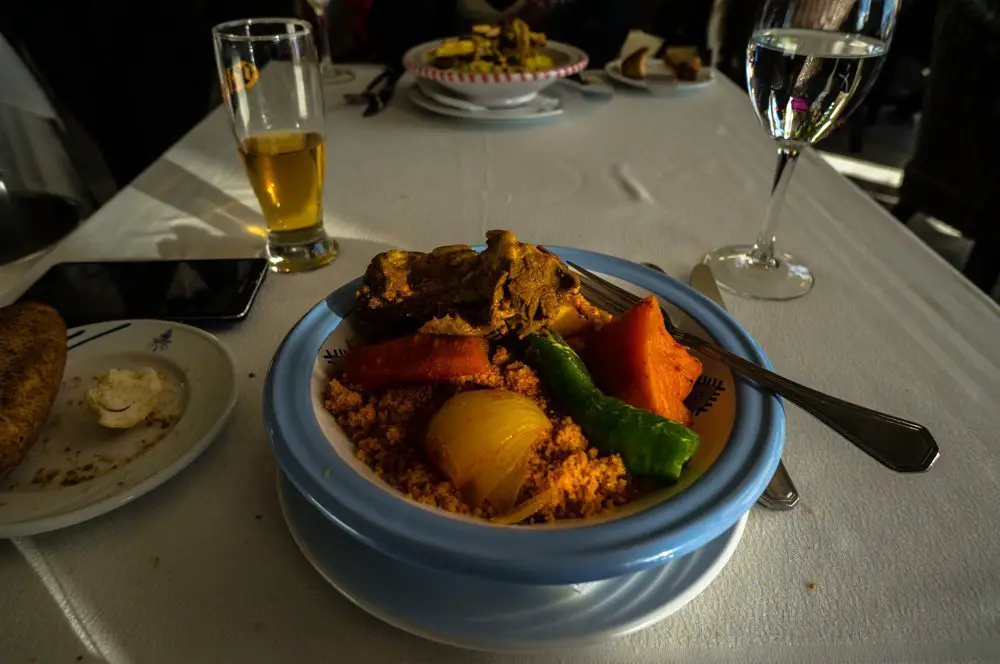
The Tunisians are also obsessed with eating Tuna. They will either eat it straight up with cheese in a wrap, or add it to their shawarma sandwiches which is something I’ve never even considered before. Nevertheless, Tunisia is right on the sea and I was already there so I decided to chow copious amounts of tuna as well.
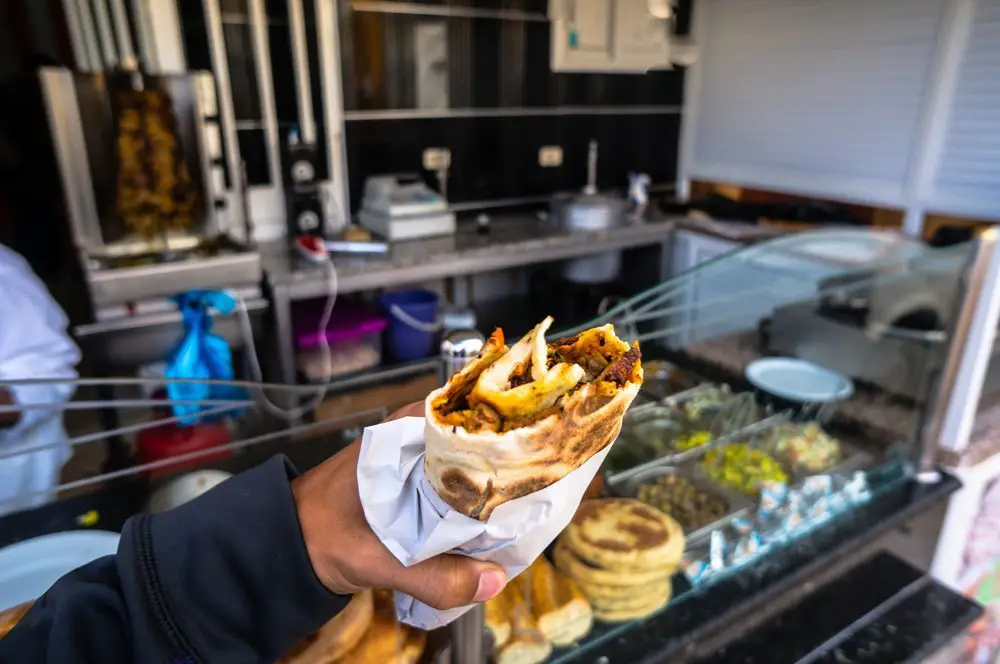
What to do in Tunis
Tunis was a pleasant surprise. It was much nicer than I anticipated. It’s also the most European of all the Middle Eastern capitals I’ve visited. Having been a French colony, the architectural influences are clear as most buildings outside of the small medina (old city) have buildings that look more akin to Paris than somewhere like Marrakech.

Avenue Habib Bourguiba, probably Tunis’ most impressive street, was modeled after the Champs Elysses of Paris. Tunis reminded me more of Istanbul, and is perhaps even more European in its architecture. There isn’t much to do in Tunis itself. A day is probably enough to see most of the sights in Tunis city center.
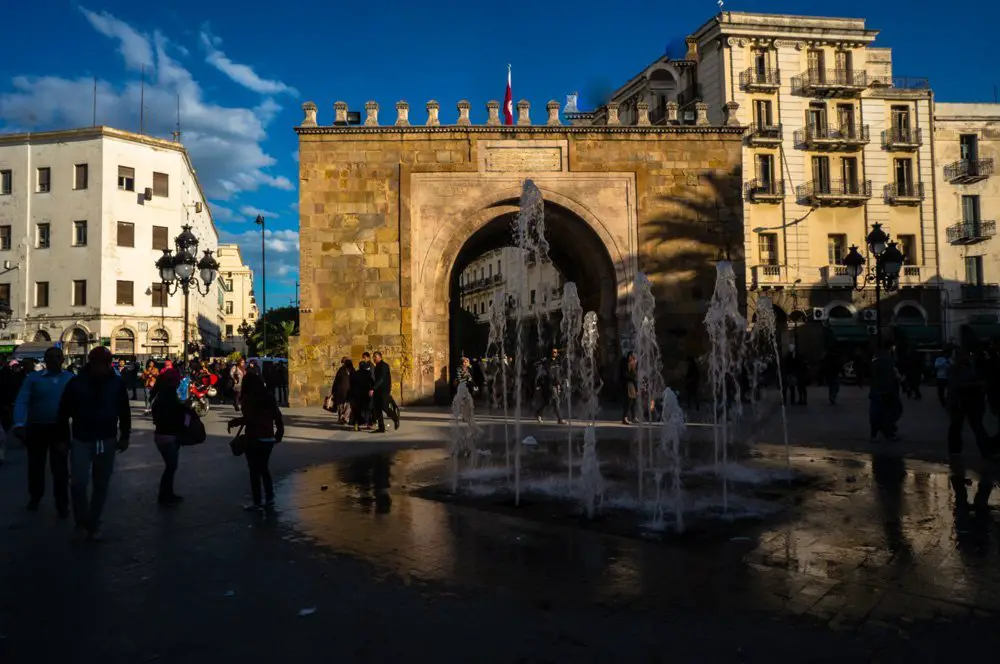
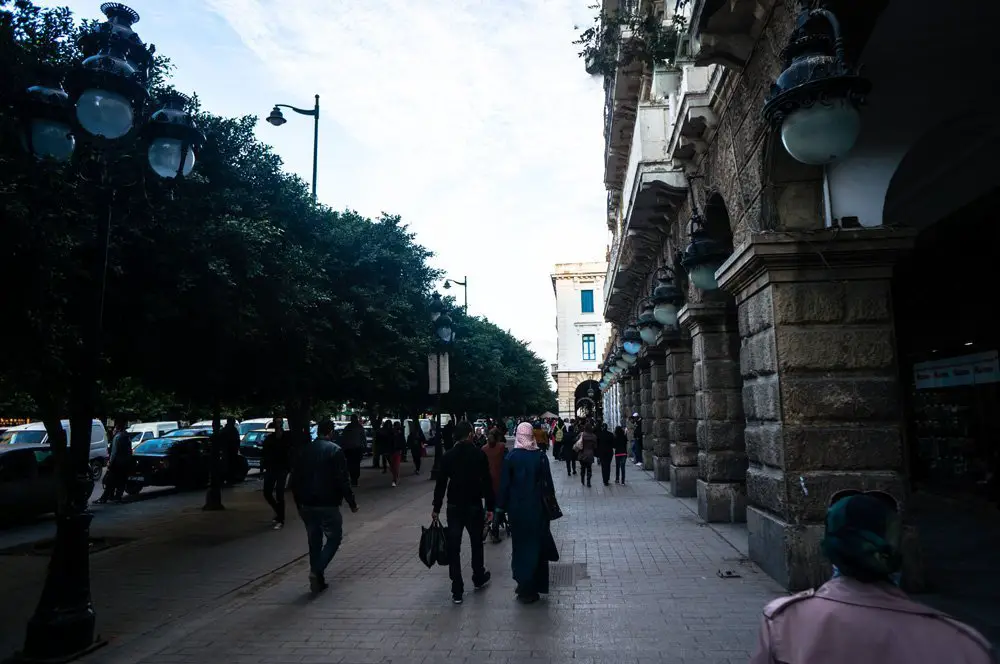
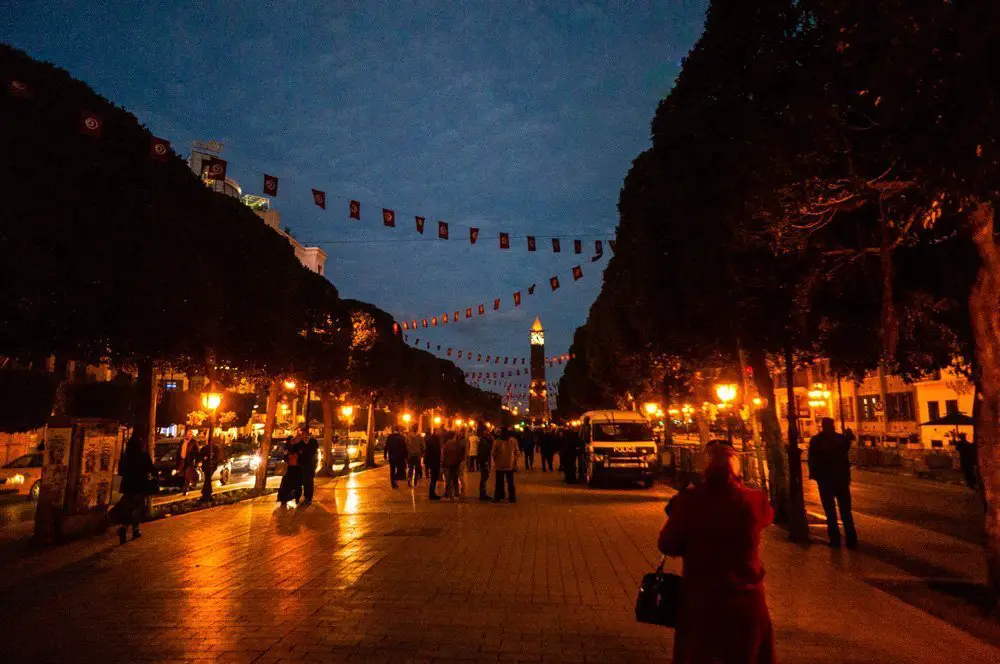
Bardo Museum
Of the few tourist attractions on TripAdvisor of Tunis, this was #1. Turns out, the Bardo museum is Tunisia’s oldest and most important museum and houses the most extensive collection of mosaics in the world. I’ve seen mosaics here and there having visited Turkey and other European destinations but my goodness the amount of mosaics in this museum were incredible. I’m talking some gymnasium sized mosaics and many many of them.

There is a lot of history within the mosaics but I didn’t have the patience nor the time to read up on it. A guide probably would have been helpful for this museum. Nevertheless, I see why it is the #1 place to go on TripAdvisor; there are few other places that can match this in the world! It’s a crazy thought that I was here three months before the ISIS attacks.

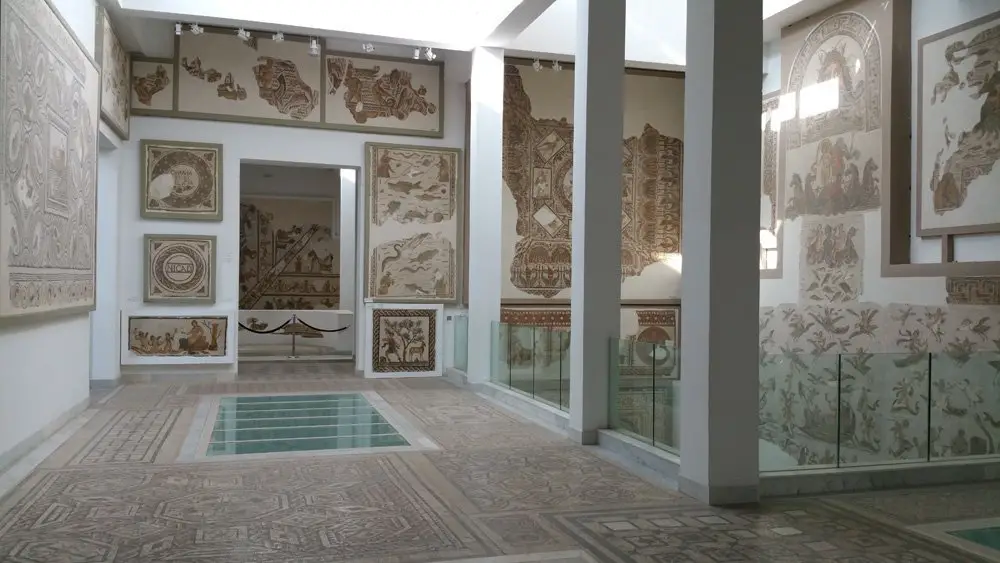
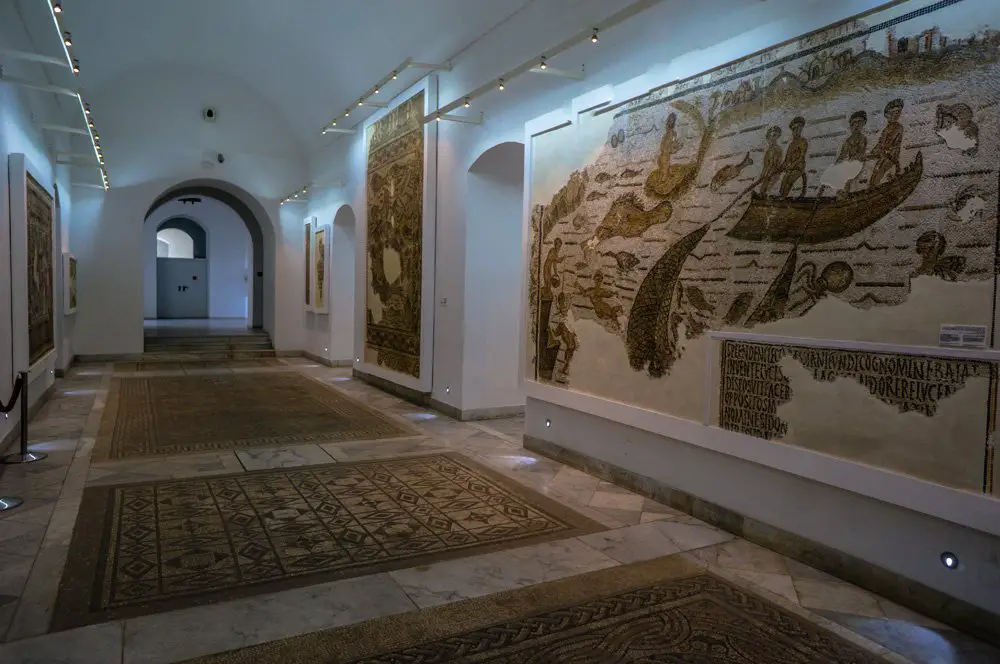
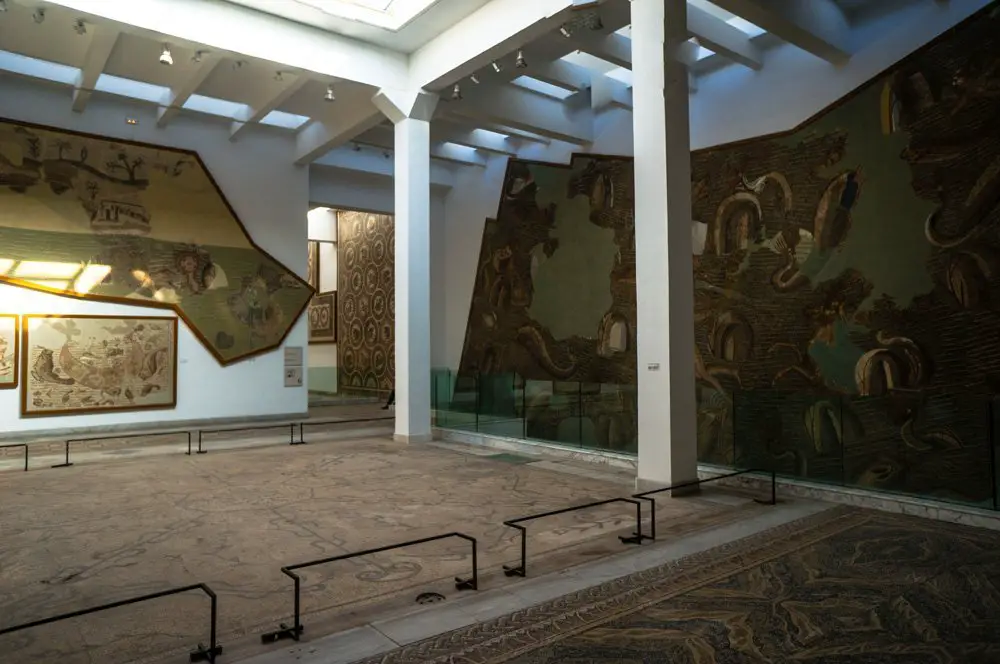

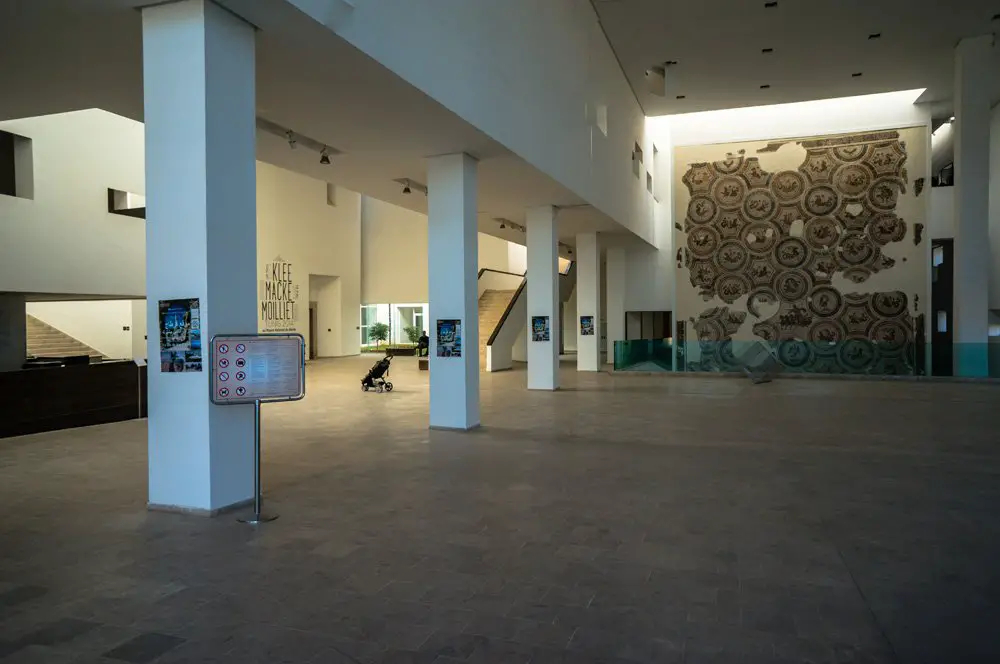
The Tunis Medina
Located in the center of town, the medina is the old city, with traditional North African/Islamic architecture. There are large mosques here, and an old school souk, although nothing compared to that of Marrakech or the Grand Bazaar in Istanbul. It is similar however, as hundreds of shops selling similar items are bunched close together.

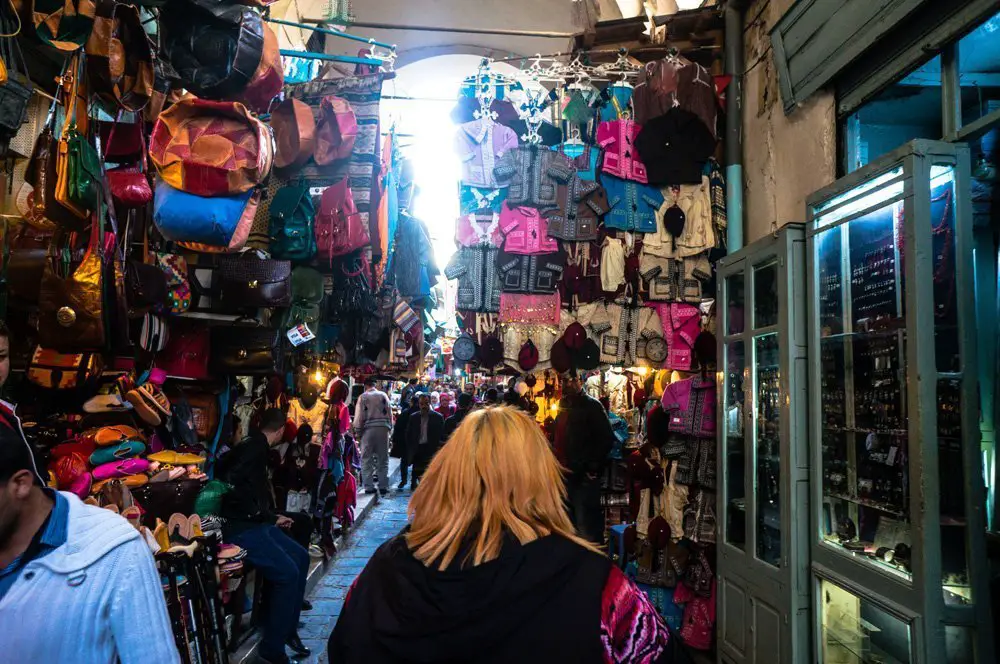
Located in the Medina is a good rooftop view of Tunis. Venture the store named El Ali. I didn’t know about this place at first but as I walked by the store, I was endlessly heckled and he said “at least check out the rooftop, it has the best views”. I said what the hell and checked it out. Totally worth it. Not obligated to buy anything either!
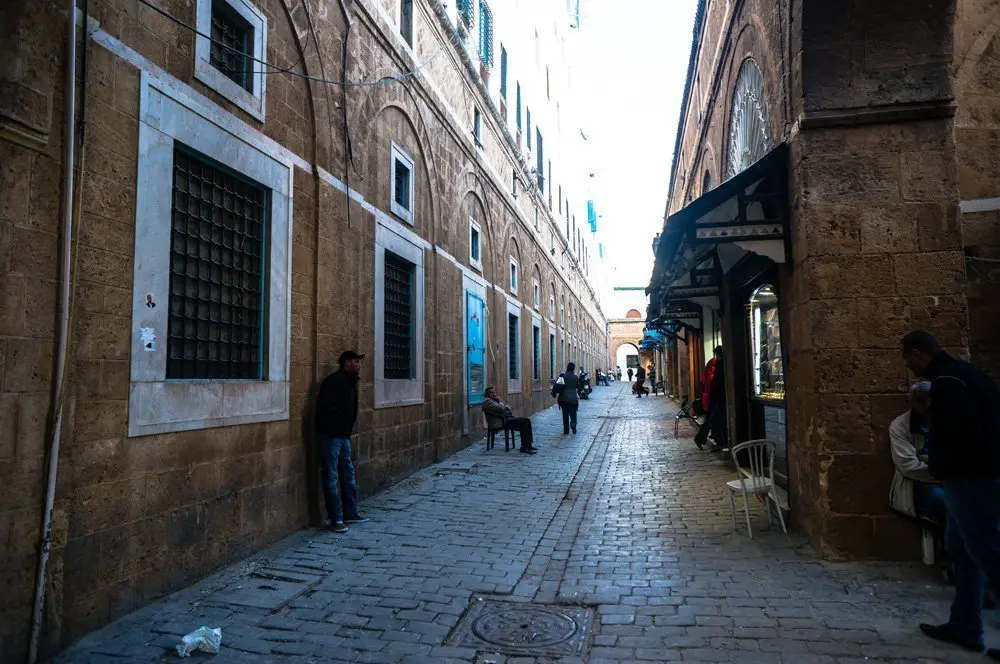
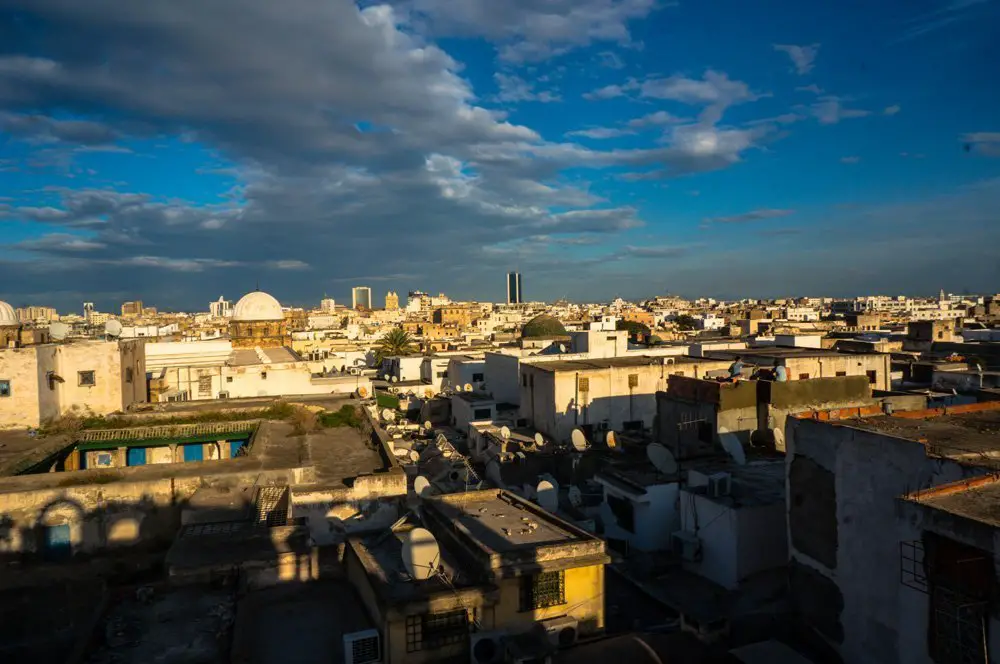
Where to go outside of Tunis
Carthage Ruins
For those that remember their Roman history, there was a time in their history when they were attacked by a General Hannibal from North Africa who used elephants and nearly conquered Rome. That same General hailed from Tunisia in ancient times. How they lived in a desert and got their hands on elephants is beyond me, but he was from these parts. After Hannibal’s armies were defeated by the Romans, the Romans settled in modern day Tunisia and many ruins were left behind. In fact, Tunisia has some of the most well-kept Roman ruins I’ve ever seen.

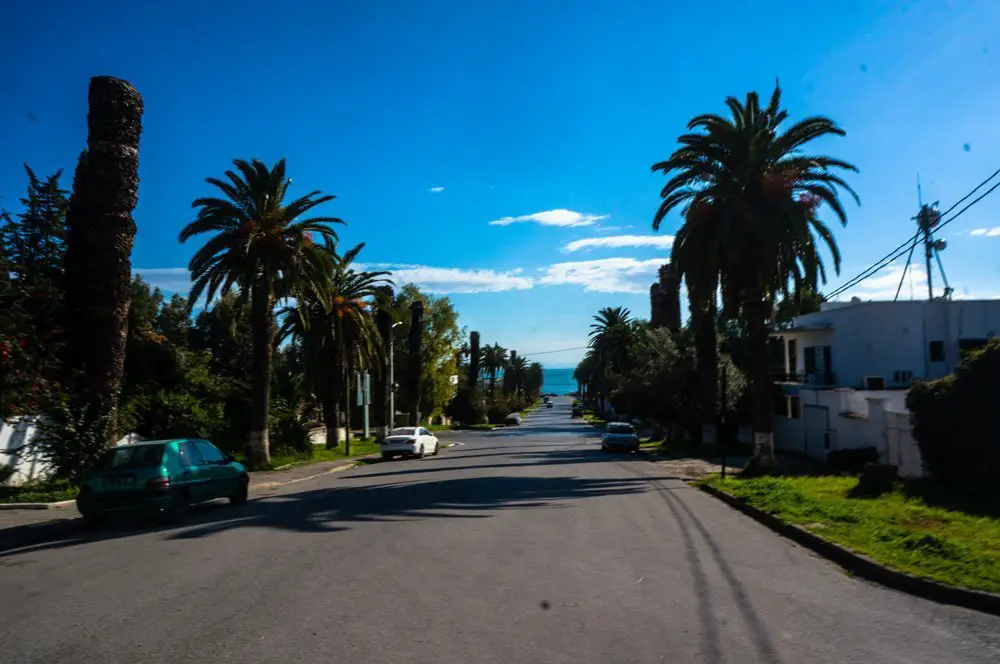
Visit the Carthage ruins by simply catching the TGM lightrail from downtown Tunis and get off at the Carthage-Hannibal station The train costs about 1 dinar (~50 cents), and the entrance fee to the ruins are 10 dinar which will give you access to all the sights in and around Carthage.

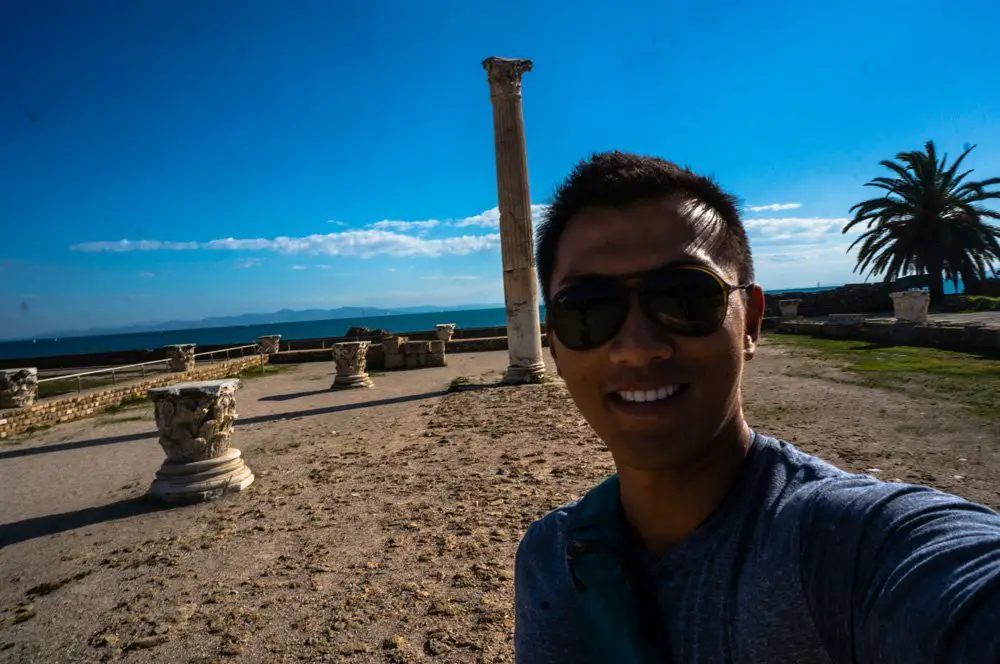

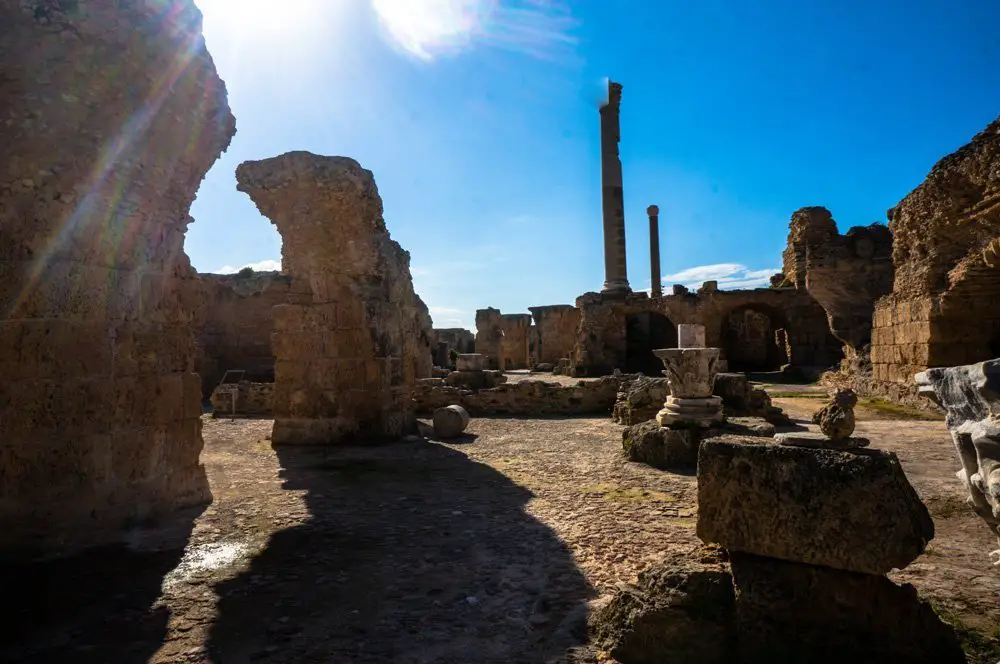

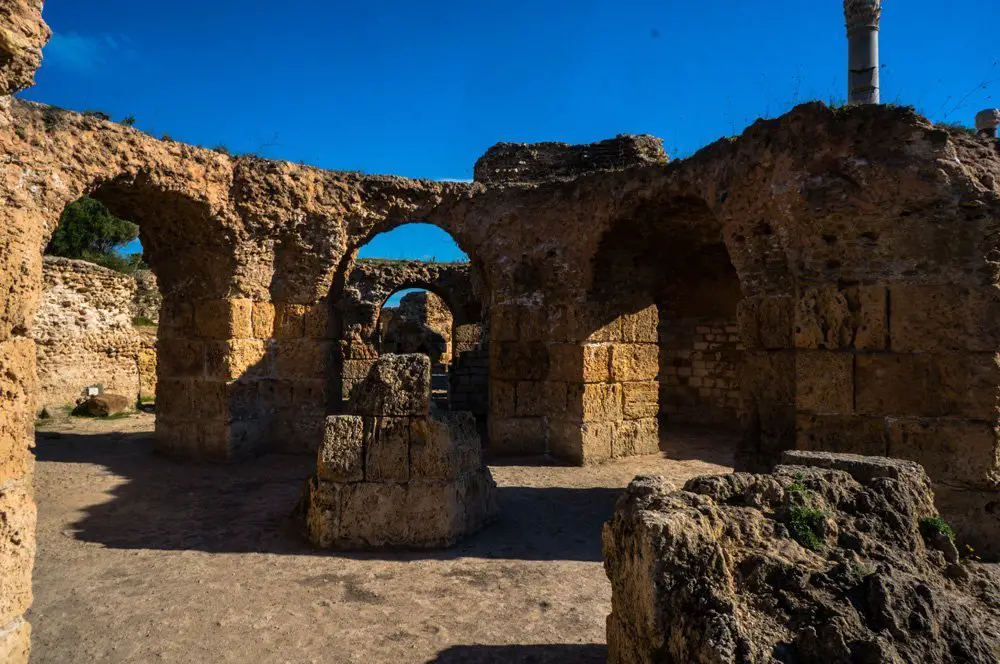
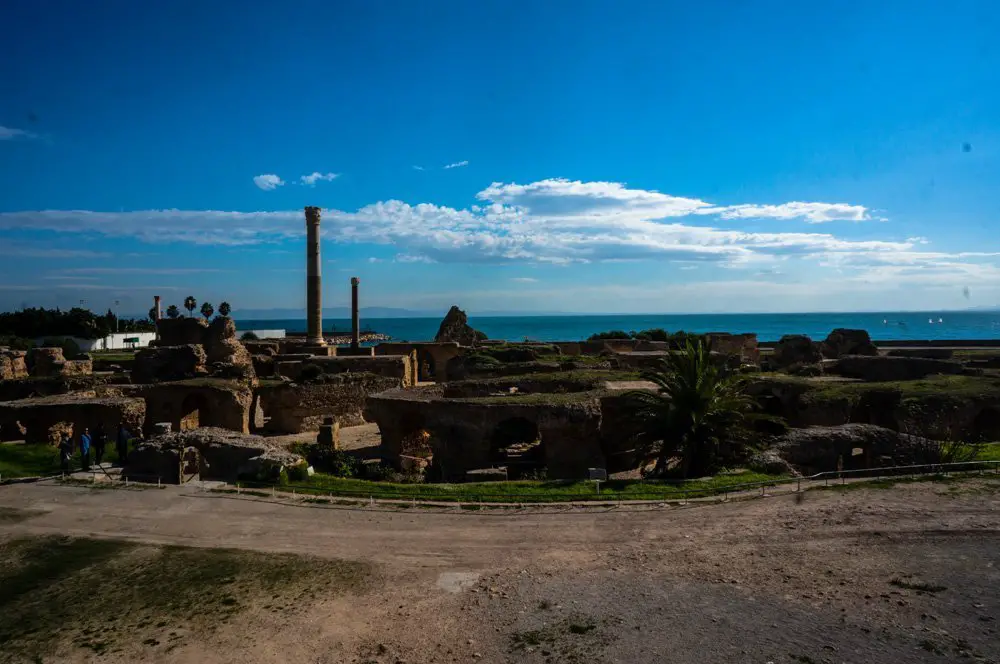
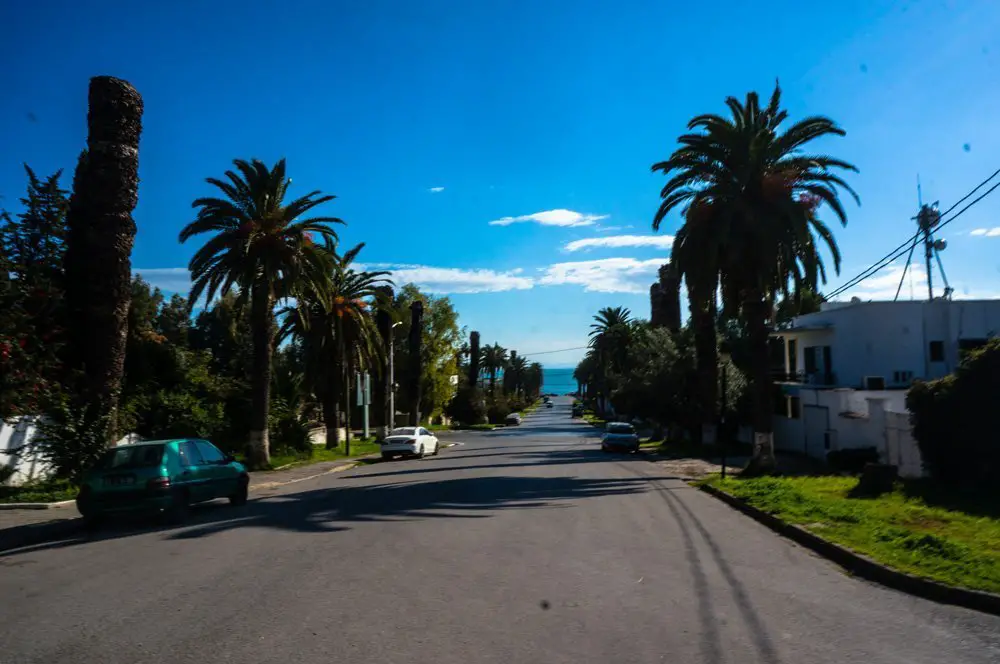
Sidi Bou Said
With its white walls and blue accented windows and rooftops, this place may appear oddly similar to Santorini. It’s hard not to fall in love with this quaint sea-side town outside of Tunis. Sidi Bou Said is a few stops further than Carthage on the TGM lightrail. We ended up catching a taxi from Carthage to Sidi Bou Said and paid about 3 dinars. That’s $1.50! Cabs are insanely cheap here.
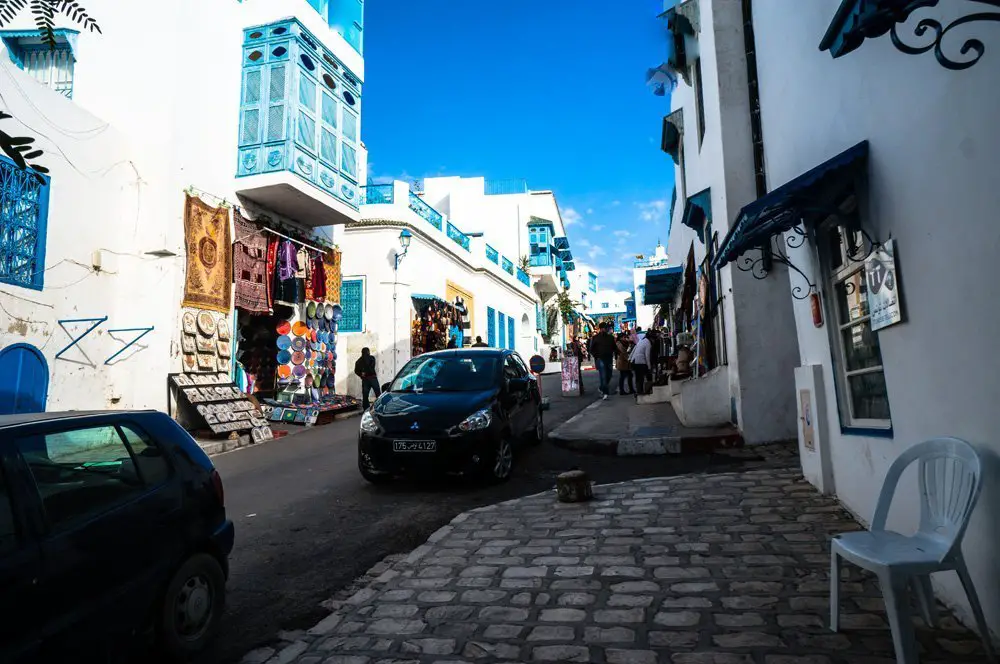
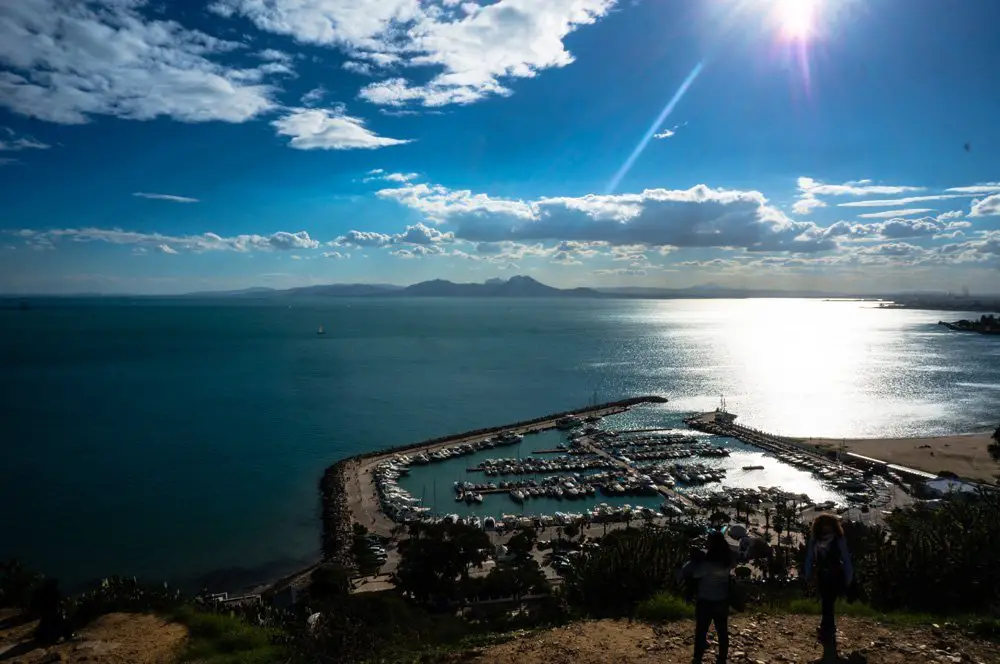
There isn’t a whole lot to do in Sidi Bou Said except enjoy the views of the Mediterranean, take some pictures of the unique architecture. Au Bon Vieux Temps, a restaurant in Sidi Bou Said serving average food is a great place to have a drink and soak in the views. I wouldn’t recommend it for much more than that however.
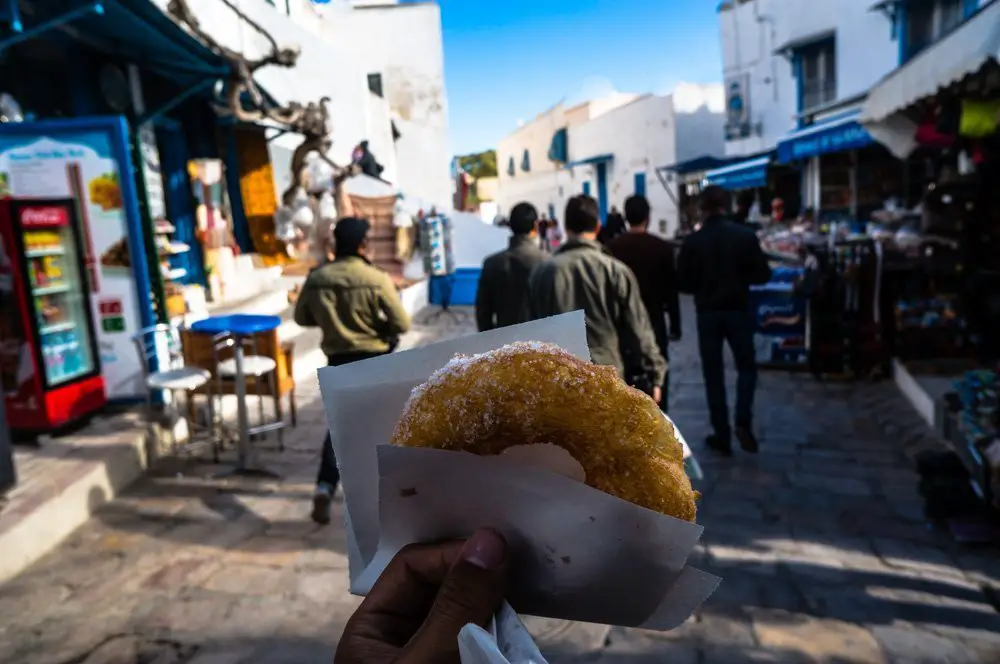
The bambaloni, a fried donut of sorts sprinkled with sugar is a MUST have for any visitors. This delicious piece of dough is crack. Absolutely delicious and for less than 1 dinar a piece, I had five. Apparently it is only served in Sidi Bou Said. Not sure why they wouldn’t bring this to Tunis as it would sell big time but I could not find it anywhere in Tunis.
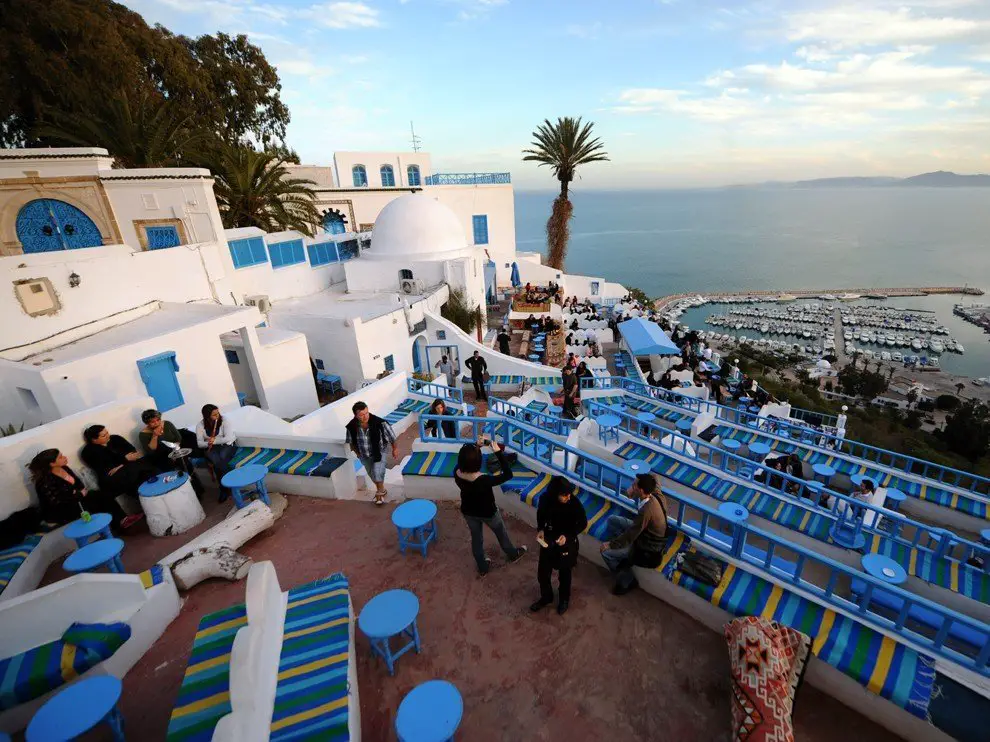
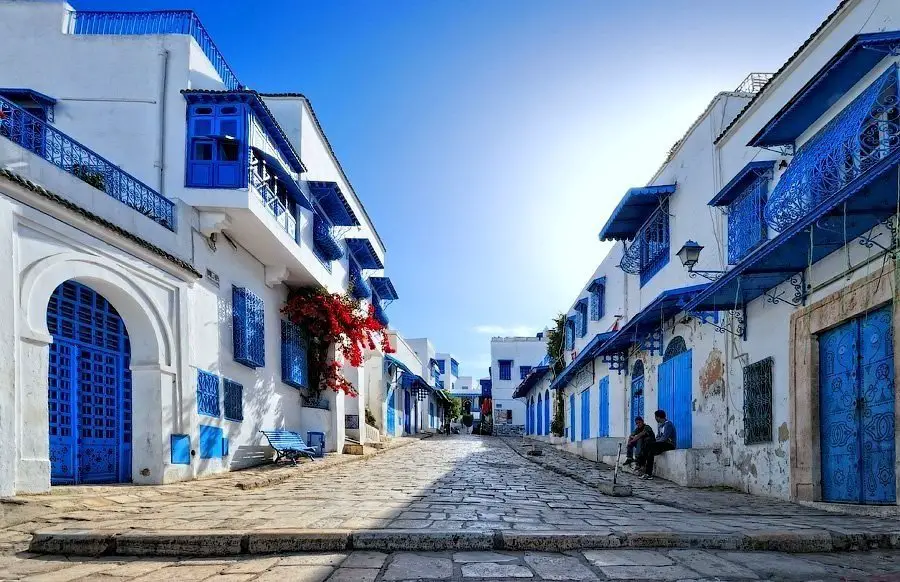
Day trips outside of Tunis
There isn’t too much to do in Tunis itself. It’s not going to be Paris or Rome with endless history. Worry not, there are many things to do outside of Tunis. The train system is very efficient thanks to the small size of the country. The public bus system is easy to navigate and local taxi vans, louages as the locals refer to them, are cheap and frequent.
Visiting the Roman ruins in Dougga
I had no idea what this place was until I arrived and started talking with the locals. That’s how hard it is to research Tunisian travel! Nevertheless, if time allows for it, visiting Dougga should be high on your list as it is some of the more stunning Roman ruins I’ve seen in my travels. They are in great condition, and best of all, there are VERY FEW visitors unlike the mass hordes of tourists in Italy.

There are only three ways to get here: Private Taxi, Guided Tour, and public taxi van (Louage). The private options are pricey as Dougga is almost 2 hours outside of Tunis. I opted for the Louage option, and riding it out with the locals!
There are a few Louage stations in Tunis, located on different sides of the city depending on which direction your destination is. Dougga is to the west so my louage left from Bab Saadoun. The louage stations can be a bit overwhelming at first as you’ll be bombarded with people yelling “Hammamet”, “Bizerte”, “Sousse! Sousse!”, all trying to figure out where you want to go.
Don’t worry, no one is trying to scam you here. People here are all very helpful and like my experiences traveling with taxi brousses in Madagascar and Chappas in Mozambique, they don’t take advantage of you because you’re a foreigner. Everyone pays the same price.

I told someone “je veux aller au Dougga” or “I want to go to Dougga”, and they immediately directed me to a van where like public taxis everywhere else in the world, wouldn’t leave until it was full. I was the only person in it, and the wait was long. Half hour goes by and it is only half full and I’m ready to to just subsidize the other non existing half so I can go. 50 minutes go by, and we’re finally full and ready to go. The louage is not the most comfortable of vans but they are in much better shape than similar vans I’ve taken in other countries. I had some interesting conversations with some of the locals on the ride and the Tunisian countryside is so beautiful.

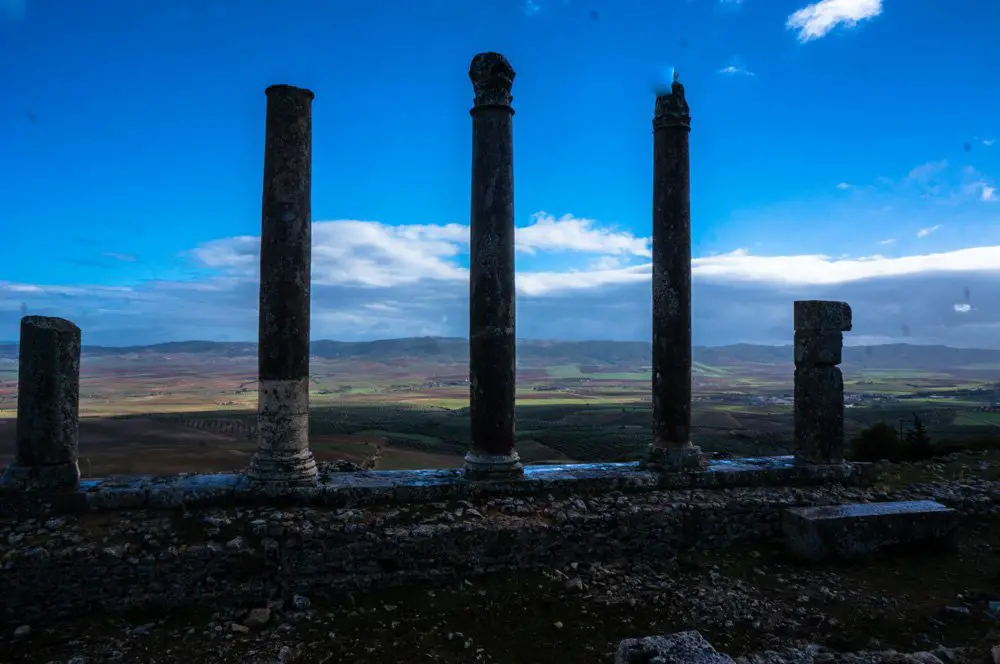
The louage takes 2 hours to reach Dougga but does not take you to the ruins themselves. Being the obvious tourist that I was, the louage drive actually called in ahead of time and there was a taxi waiting for me to take me the rest of the way to the ruins. Entrance fees are 8 dinars and I was finally inside the ruins after a 3 hour journey.

The ruins are truly impressive. There is a large theatre, altars, temples, and pillars. Everything you need for an impressive ruins. Best thing about it? The only people I saw during my 2 hour visit were a group of Tunisian tourists, and two korean exchange students living in Tunis. I had the entire place to myself. I could scream, I could jump, I could spend as much time and do whatever I wanted. I do however wish there would have been a tour guide to help me understand what the hell I was staring at but nevertheless, these ruins were on par with the ruins I saw at Ephesus in Turkey.
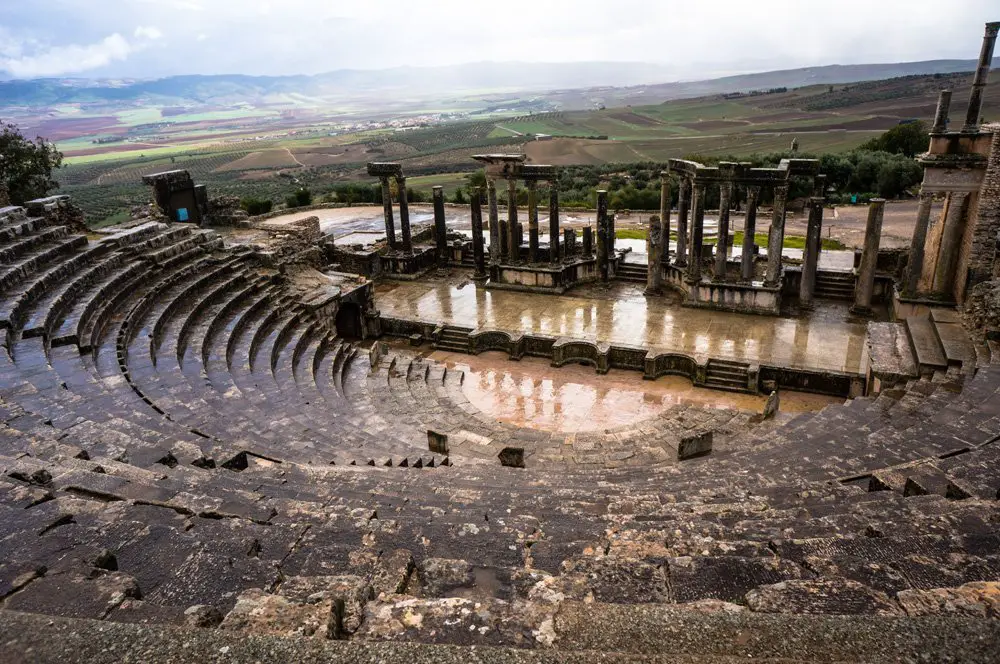
El-Jem Amphitheatre
Located an hour outside of Tunis, this little town is home to the world’s third largest Roman Amphitheatre (The Colosseum in Rome is the largest). If you only have enough time to do one day trip out of Tunis, I’d highly recommend this one.
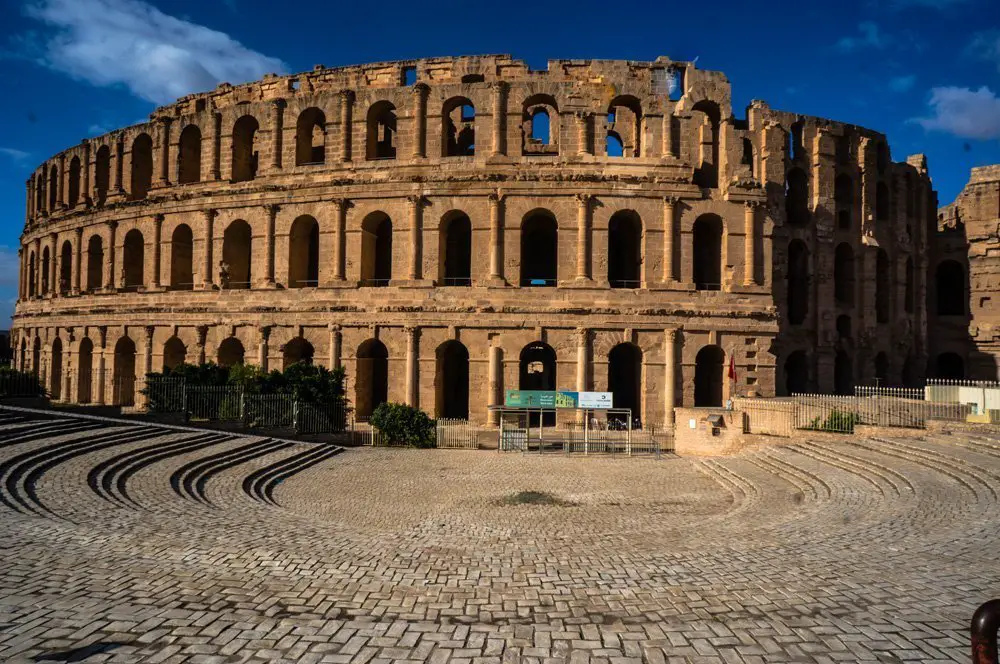
El Jem is an easy train ride from the Tunis train station near the place de Barcelone in the center of the town. I tried booking tickets online but their website is a bit of a joke with no English option, and a barely functioning French option. The train is 10 dinars and leaves in the morning from Tunis at 8 or 9:30, and returns from El Jem in the afternoon.



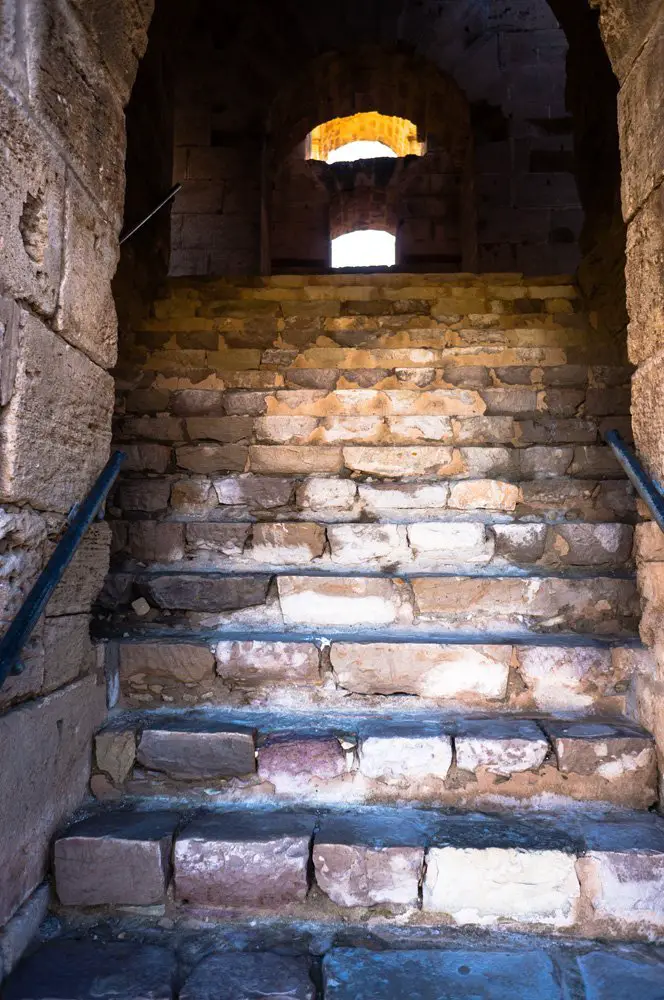
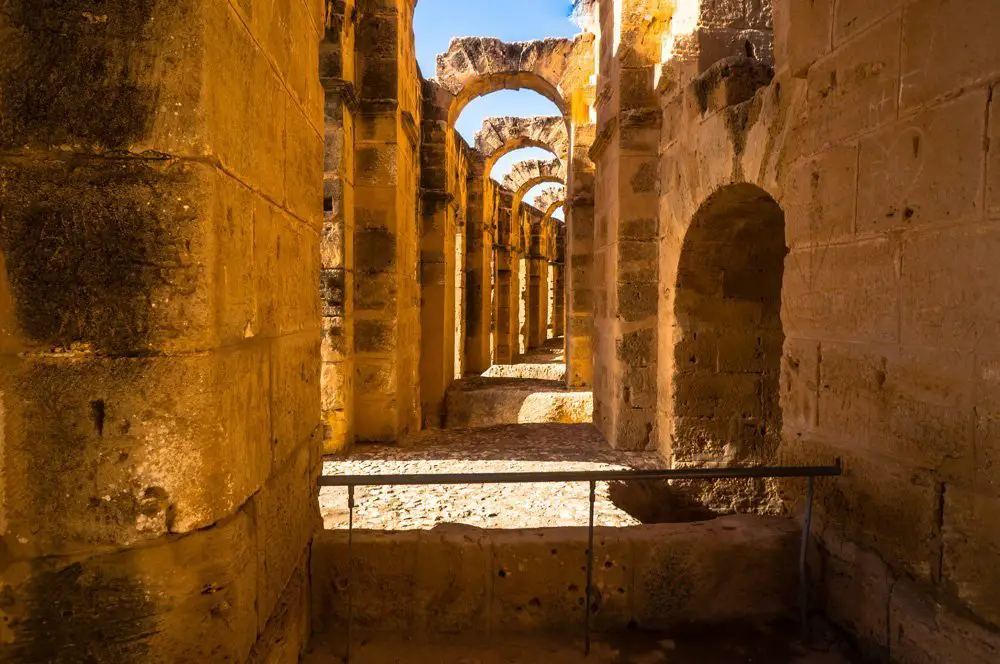




When the train arrives to El Jem, the amphitheatre is easily visible from the train and it’s just a short 10 minute walk. This amphitheatre is the largest in Africa and once held over 35000 spectators. Gladiators regularly fought here, along with chariot races and other Roman entertainment. In addition, it was also used for…*drumroll*…the Gladiator movie.
The best part of this place? No one else is here. You get the whole place to yourself and you can take some amazing pictures. You can also wander pretty much anywhere in and around the amphitheatre. Forget about the Coliseum in Rome, this place is a far superior sight in my opinion. It’s in much better condition and while smaller than the amphitheatre in Rome, it gives you a better feel of what it would have been like thousands of years ago to do battle.

Other Day trips to Consider
There’s plenty to see around Tunis so here are some other ideas for day trips.
- The Great Mosque of Kairouan – One of the largest and most important mosques in the Islamic world
- Hammamet – Beach town getaway on the Mediterranean
- Bizerte – Another scenic coastal town to the north of Tunis
- Djerba – Not a day trip by any means, but everyone agrees the nicest beaches in Tunisia are in Djerba
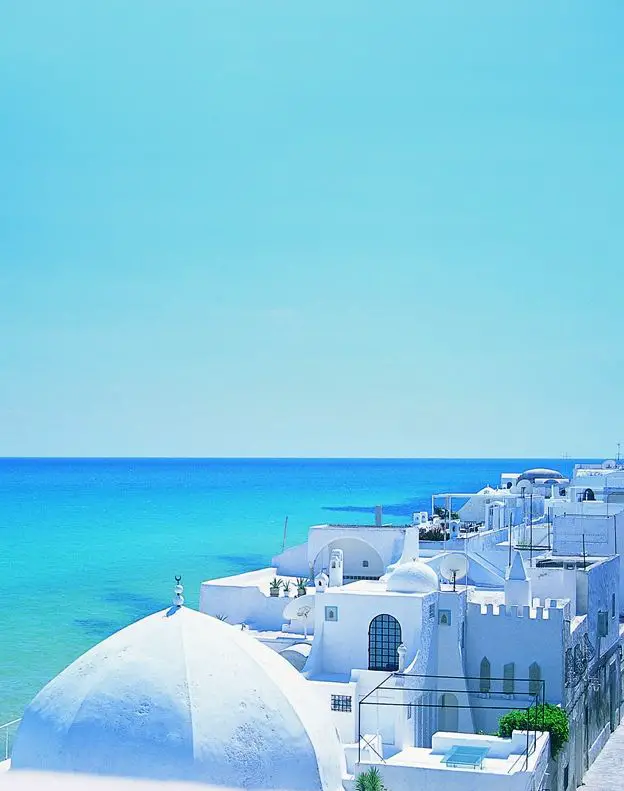



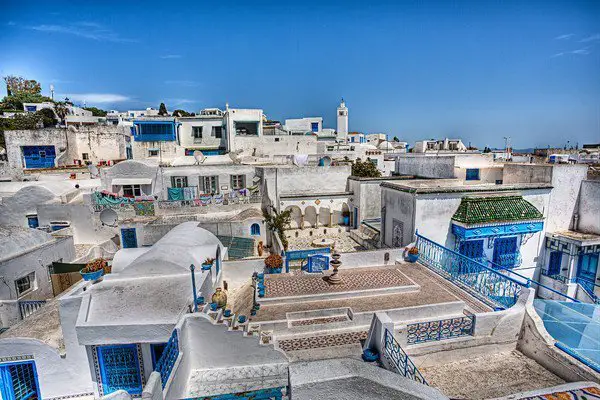



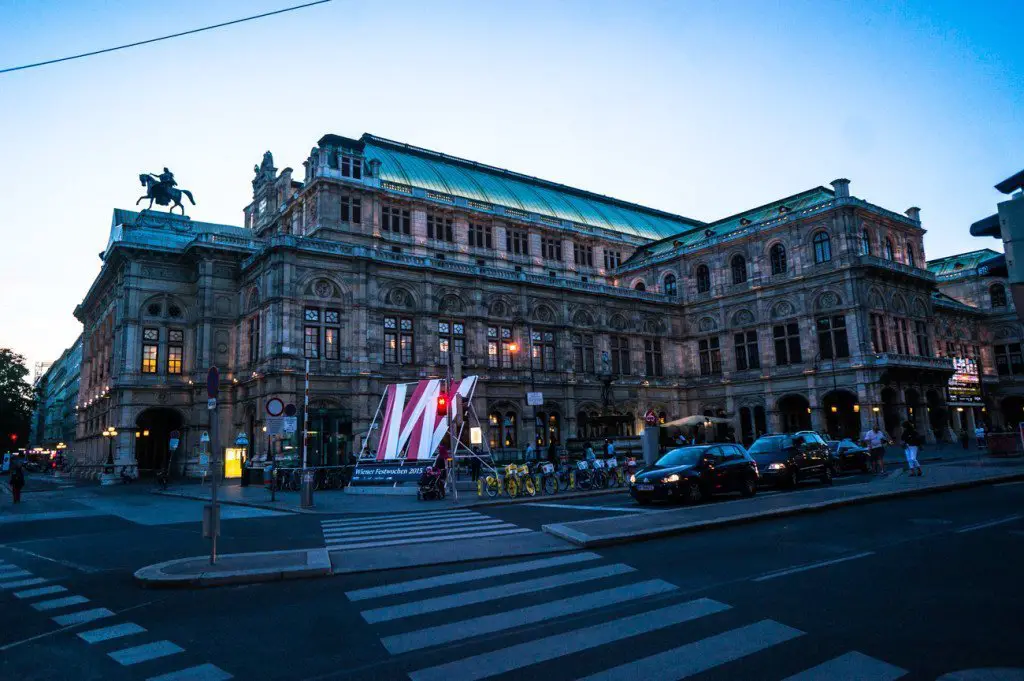
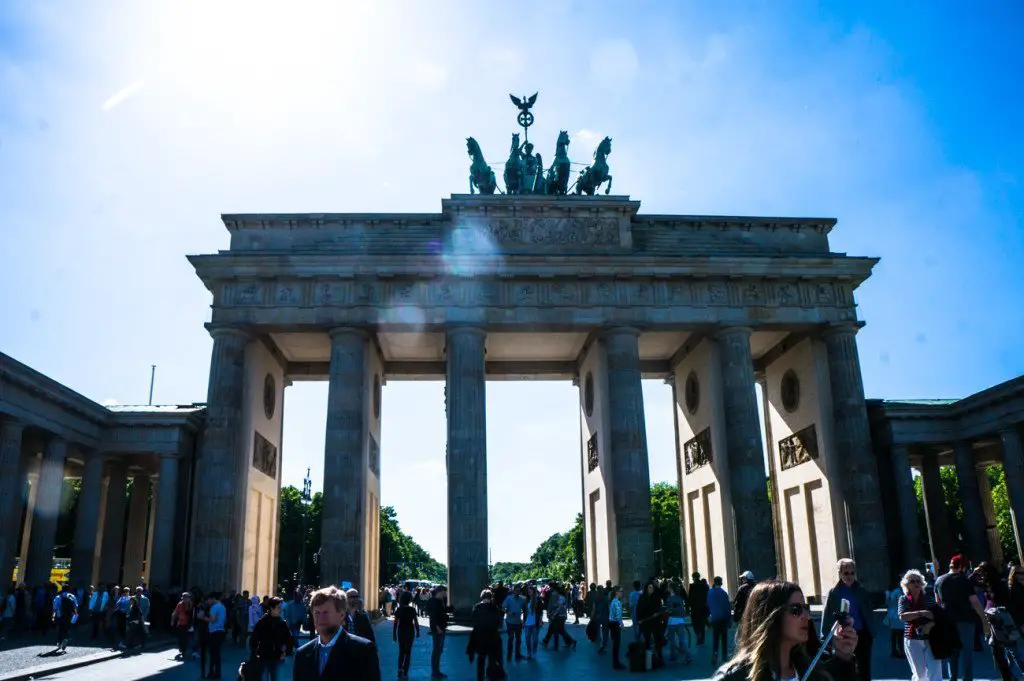
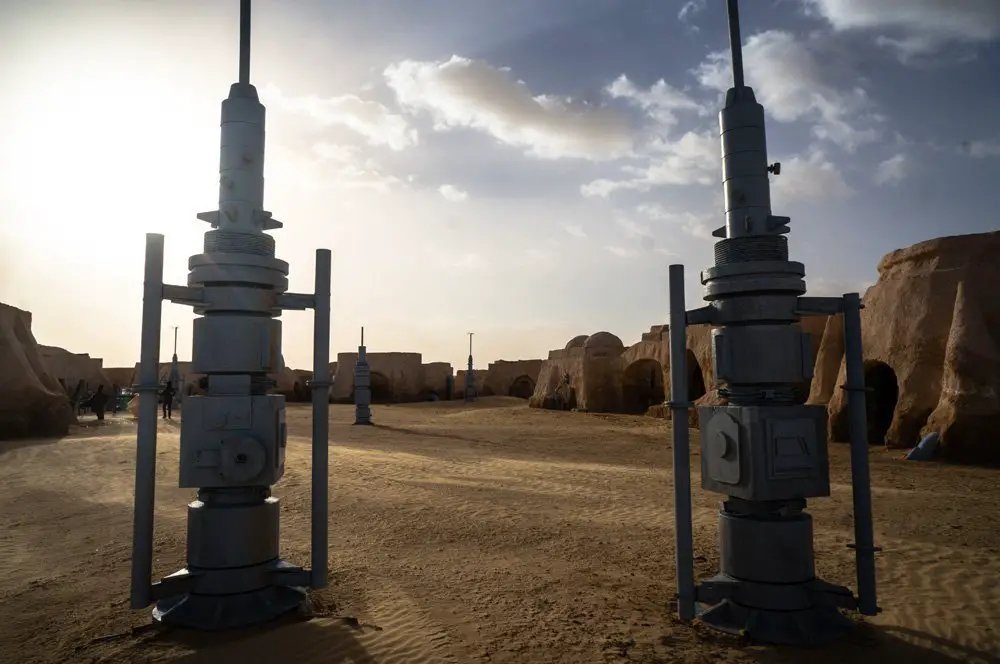
Hi Johnny
Im planning to visit Tunisia in the first week of April and need your expert advice.Will be travelling from Pakistan with my wife.we first intend to stop in Greece for a week and then take a flight to Tunis.Your writeup is quite comprehensive but i still have questions regarding the dos and donts.I would like to stay at a decent place but not expensive,was thinking of staying in Tunis for about a week and take day trips.What do you think?How much would it cost on the day trips,i would like to do sidi bou said hammamet,dougga,mosque of kaiouran atleast,others you may suggest.What should be my budget for a day,this should include accommodation,eating transportation mainly.I have been to Morocco and just loved it,visited three cities,Fez Marrakech and Casablanca.How is Tunisia for street photography,do people mind if someone takes their picture,i know it happened a lot in Morocco,people would get upset if they saw me pointing my camera at them.
Hi Hameed, I think staying in Tunis is fine for day trips but to be honest, I think you should also consider staying na few nights in the south as it is more unique down there. From Tunis however, is easy to do day trips to Sidi bou said, dougga, etc.
As for street photography, I don’t take pictures of people directly, I prefer to just take pictures of crowds as opposed to a person beacuse I think it’s a bit strange to take pictures of people unless I ask them (but I don’t do that much). Some people did want to take pictures with me however as I don’t think they see many Asian tourists in Tunis!
Very well written, thanks for the tips! Indeed, Tunisia has come a long way since the Arab Spring in 2011, and tourists are beginning to come back to enjoy the sea, sand and medinas of Tunisia.
However, there are tourist-targeting scammers and petty crime to be wary of. https://travelscams.org/africa/common-tourist-scams-tunisia/
Do be wary of the lizard beach photo, very pushy merchants, flirtatious locals, public transportation pickpockets, taxi bag fee, fake tours and many more!
Thanks for sharing your trip! I spent a few months in Tunisia myself, absolutely beautiful country. Here’s my take on the Bardo Museum: https://jamesvachowski.com/2018/07/21/museum-in-transition-the-bardo/
Great writeup James! Glad you enjoyed the Bardo as well. Intesresting that their security is still the same as it was when I was there few years back even after the terrorist attacks.
Hi there! Would you mind if I share your blog with my myspace group? There’s a lot of people that I think would really appreciate your content. Please let me know. Many thanks ckefcffekdbcgcdf
Don’t see why not? Didn’t know people still used myspace but go ahead!
I love your travel i just what to say that you can have bambolonie in any place in tunisia, but if you can’t find it in some places means that there are some other food more delicious 😀 . and also about the hotel prices, they took advantage of you cause you are a stranger, if you get to any travel agency they can get you a good priced hotel
Ah thanks for the advice! I didn’t see any bamboloni in other parts of Tunisia but must have not been looking hard enough 🙂 As for the hotels, I actually had a Tunisian friend help me book before hand and got the “local” discount 🙂
thank you johnny for all these tips given to encourage people visit tunisia , hope that next time , you ‘ll visit the south of the country which is fantastic with it’s sandy beaches on the east and the sahara and the oases
of the south west !
Thanks fayçal for the comment! Yes, I truly foreigners will read this post and hopefully change their minds about visiting. I actually did visit the South West, spending a few days in Tozeur. https://johnnyafrica.com/visit-star-wars-tozeur-tunisia/
Next time, I will check out Djerba though!
Bonjour Johnny! This is great write up of our country! Glad you can share with us your experiences and very happy you enjoyed yourself
Merci Mouna! Hopefully other Westerners will find this post and visit like I did!